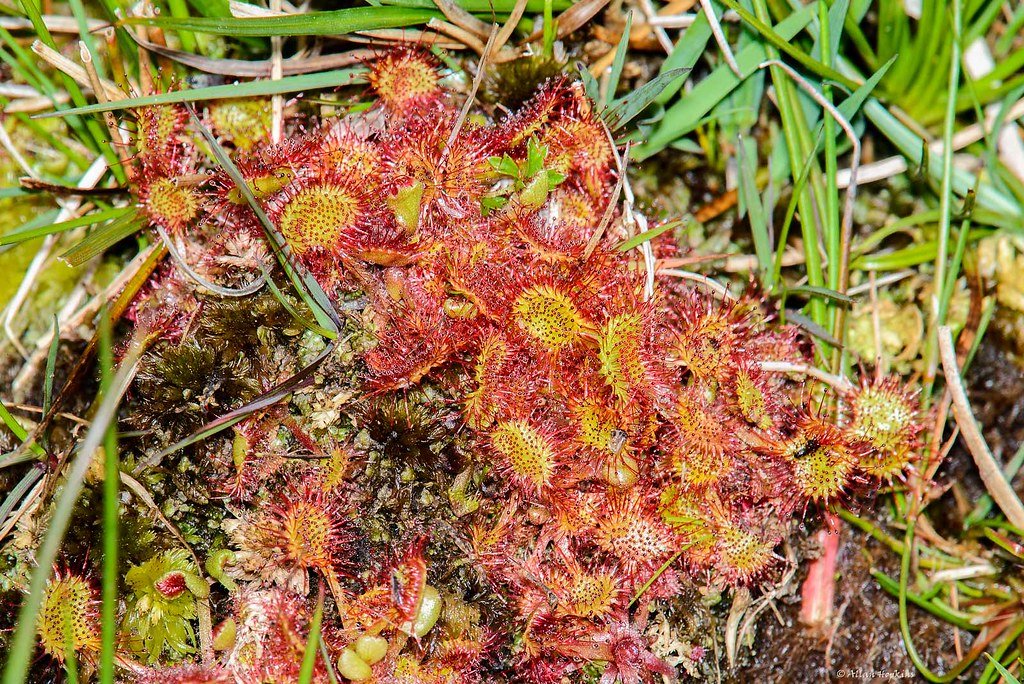Imagine a world where plants don’t just sway gently in the breeze, but actively hunt, trap, and digest animals. It sounds like something from a sci-fi movie, but this is the astonishing reality of carnivorous plants. Most people know the iconic Venus flytrap, with its jaw-like leaves snapping shut on unsuspecting insects. But what if you learned that the Venus flytrap is just the tip of an incredible, mysterious iceberg? Across the globe, a hidden army of botanical predators is hard at work, captivating scientists and plant enthusiasts alike with their bizarre adaptations and ruthless efficiency. Let’s embark on a journey to discover these extraordinary plants—the Venus flytrap’s distant cousins—and reveal the secrets of their wild, fascinating world.
The Ancient Origins of Carnivory in Plants
The story of carnivorous plants begins millions of years ago. Long before humans walked the Earth, certain plants faced a daunting challenge: how to survive in nutrient-poor environments where the soil offered little sustenance. In an astonishing twist of evolution, some plants developed remarkable ways to supplement their diets by capturing and digesting living prey. Fossil evidence suggests that carnivory may have evolved independently in several plant lineages, making these plants a shining example of nature’s ingenuity. The drive to adapt and survive has led to an explosion of creative solutions, resulting in more than 800 species of carnivorous plants scattered across the globe. Each one tells a story of persistence, adaptation, and the relentless pursuit of life in the harshest conditions.
Sundews: The Glittering Assassins
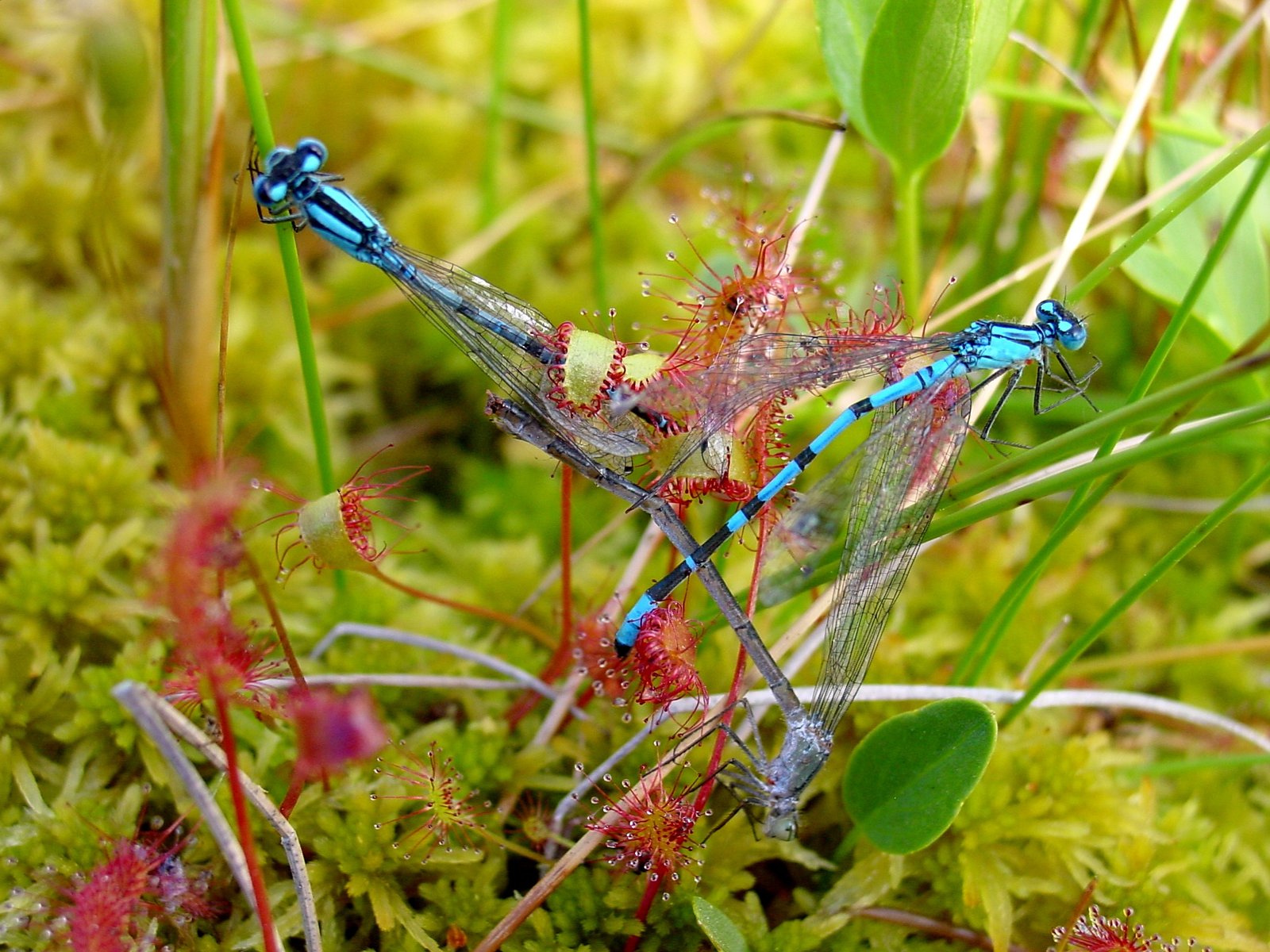
With their delicate, dew-covered tentacles glistening in the sunlight, sundews look almost magical. But beneath their beauty lies a deadly secret. Found on every continent except Antarctica, sundews (Drosera species) use sticky, glandular hairs to ensnare tiny insects. When an unsuspecting bug lands on a leaf, it becomes trapped in the plant’s sparkling mucilage. The leaf then slowly curls around its prey, smothering it in digestive enzymes. This slow-motion embrace is both mesmerizing and ruthless, allowing sundews to thrive in bogs and wetlands where nutrients are scarce. Some species, like the Cape sundew, even exhibit rapid movement, curling their leaves in minutes—a rare feat in the plant world.
Pitcher Plants: Nature’s Deadly Vases
Picture a plant that lures, traps, and drowns its victims—all without moving an inch. That’s the strategy of pitcher plants, which belong to several unrelated plant families. Their tubular leaves fill with rainwater, creating a slippery pitfall lined with nectar and enticing scents. Insects are drawn in, only to tumble into the pool below, where they can’t escape. Microbes and enzymes in the liquid break down the prey, releasing valuable nutrients for the plant to absorb. Some pitcher plants even host entire ecosystems inside their “pitchers,” with creatures like mosquito larvae living among the drowned victims. The diversity of pitcher plants is staggering, from the ornate Sarracenia species of North America to the monstrous Nepenthes of Southeast Asia, whose pitchers can trap small rodents and frogs.
Bladderworts: The Lightning-Fast Hunters
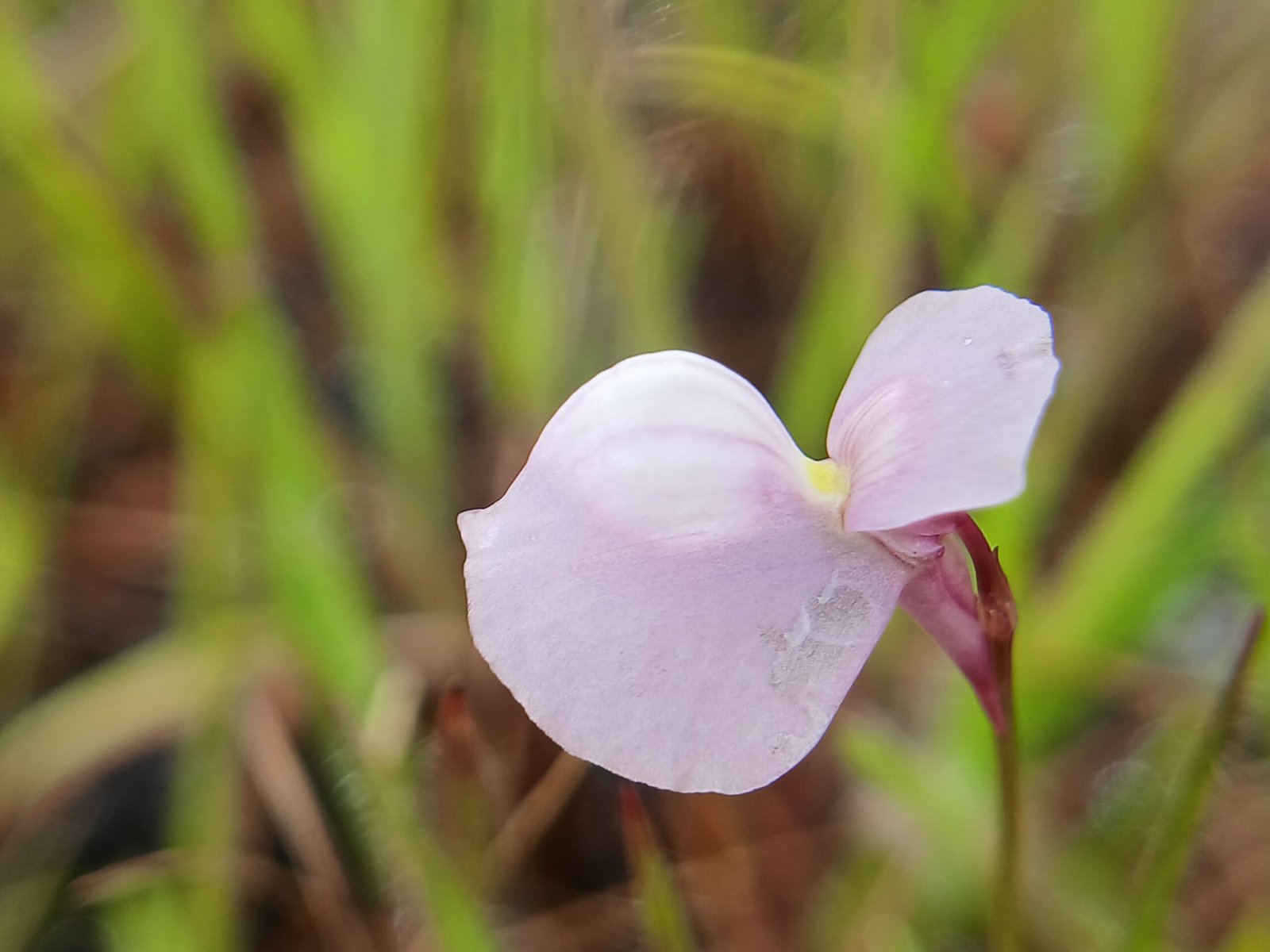
Bladderworts (Utricularia species) are the speed demons of the carnivorous plant world. Living mostly underwater or in soggy soil, these plants possess tiny bladder-like traps that are marvels of engineering. Each bladder has a trapdoor sealed by a vacuum. When a microscopic creature brushes against trigger hairs, the trapdoor snaps open in less than a millisecond, sucking the prey inside before snapping shut again. This rapid-fire action is one of the fastest movements in the plant kingdom, making bladderworts formidable hunters despite their unassuming appearance. In some ponds, entire colonies of bladderworts quietly hunt, each one a master of stealth and speed.
Butterworts: The Sticky Surprise
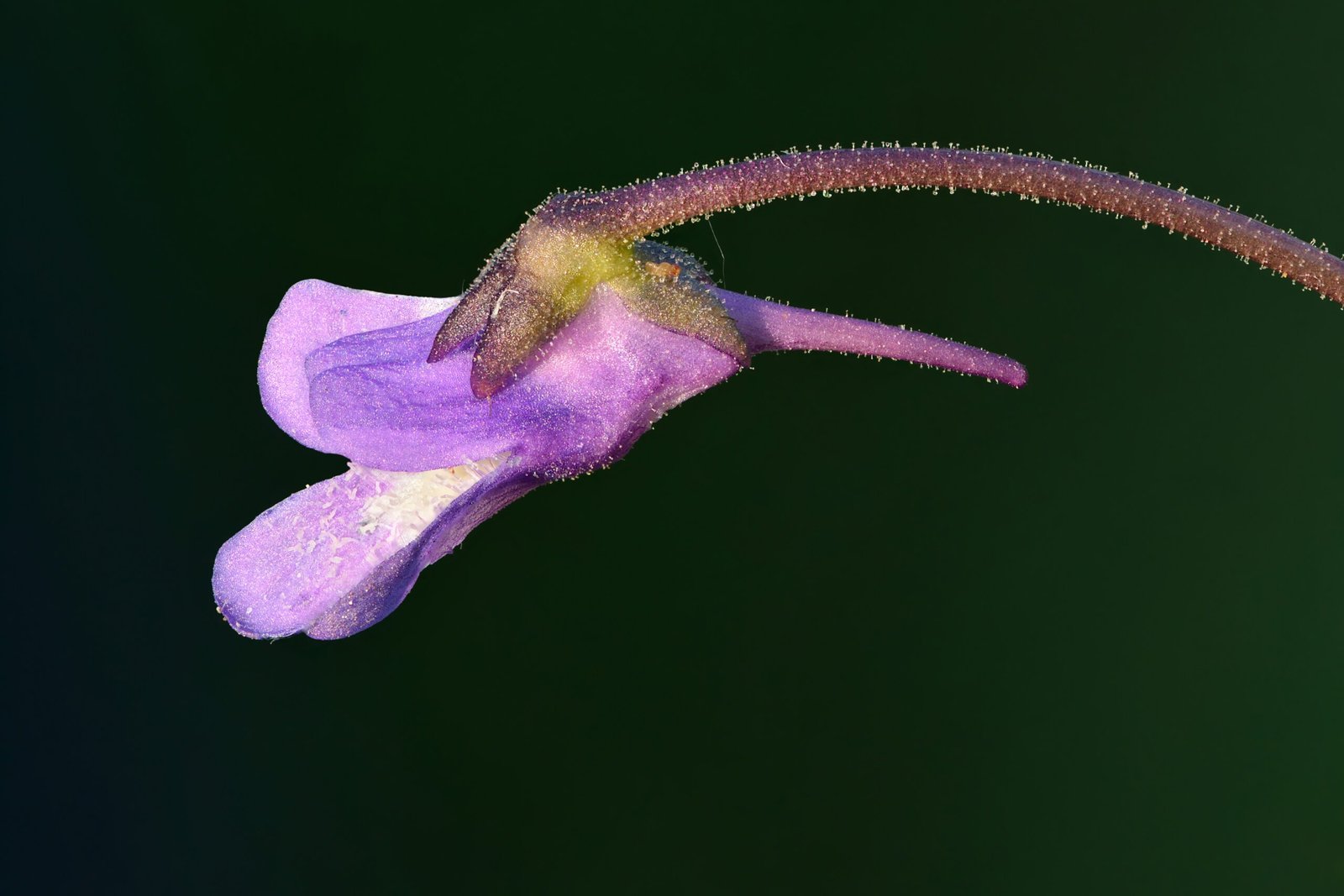
At first glance, butterworts (Pinguicula species) seem harmless, with smooth, bright green leaves that wouldn’t look out of place in a kitchen herb garden. But these leaves secrete a sticky, glue-like substance that traps small insects and gnats. Once caught, the leaf edges slowly curl inward, maximizing contact and ensuring the prey is digested efficiently. Butterworts are found across Europe, the Americas, and Asia, often in limestone-rich soils where nutrients are hard to find. Their unassuming appearance hides a ruthless strategy, proving that in the world of carnivorous plants, looks can be deceiving.
Aldrovanda: The Waterwheel Plant’s Snap Trap

The Aldrovanda vesiculosa, or waterwheel plant, is a rare and enigmatic aquatic cousin of the Venus flytrap. Its whorled leaves form tiny, jaw-like traps that snap shut on aquatic prey such as mosquito larvae and small crustaceans. Unlike the Venus flytrap, the waterwheel’s traps are tiny—just a few millimeters across—but they close in less than half a second. Floating free in nutrient-poor waters across Europe, Asia, Africa, and Australia, the waterwheel plant’s rapid movement and predatory lifestyle are a testament to the creativity of evolution. Unfortunately, habitat loss has made this plant increasingly rare, adding urgency to its conservation.
Cephalotus: The Australian Albany Pitcher Plant

The Cephalotus follicularis, or Albany pitcher plant, is a unique gem found only in a small corner of southwestern Australia. Its small, hairy pitchers resemble miniature cups, with a slippery rim that causes insects to tumble inside. What sets the Albany pitcher plant apart is its ability to grow both carnivorous pitchers and regular, photosynthetic leaves, depending on the season and environmental conditions. This flexibility helps it survive in unpredictable habitats. Its limited range and striking appearance have made it a favorite among plant collectors and conservationists, who marvel at its dual lifestyle.
Genlisea: The Corkscrew Trap Specialist

Genlisea, or corkscrew plants, are masters of underground hunting. Their leaves have evolved into twisted, tube-like traps that spiral through the soil and water. As tiny aquatic creatures wander into these tubes, they become hopelessly lost, eventually ending up in a digestive chamber where they are broken down for nutrients. Found mostly in South America and Africa, corkscrew plants are the ultimate specialists, thriving where few other plants can. Their bizarre root structures and secretive hunting style make them one of the most mysterious members of the carnivorous plant family.
Diversity Beyond Insects: Carnivorous Plants and Larger Prey
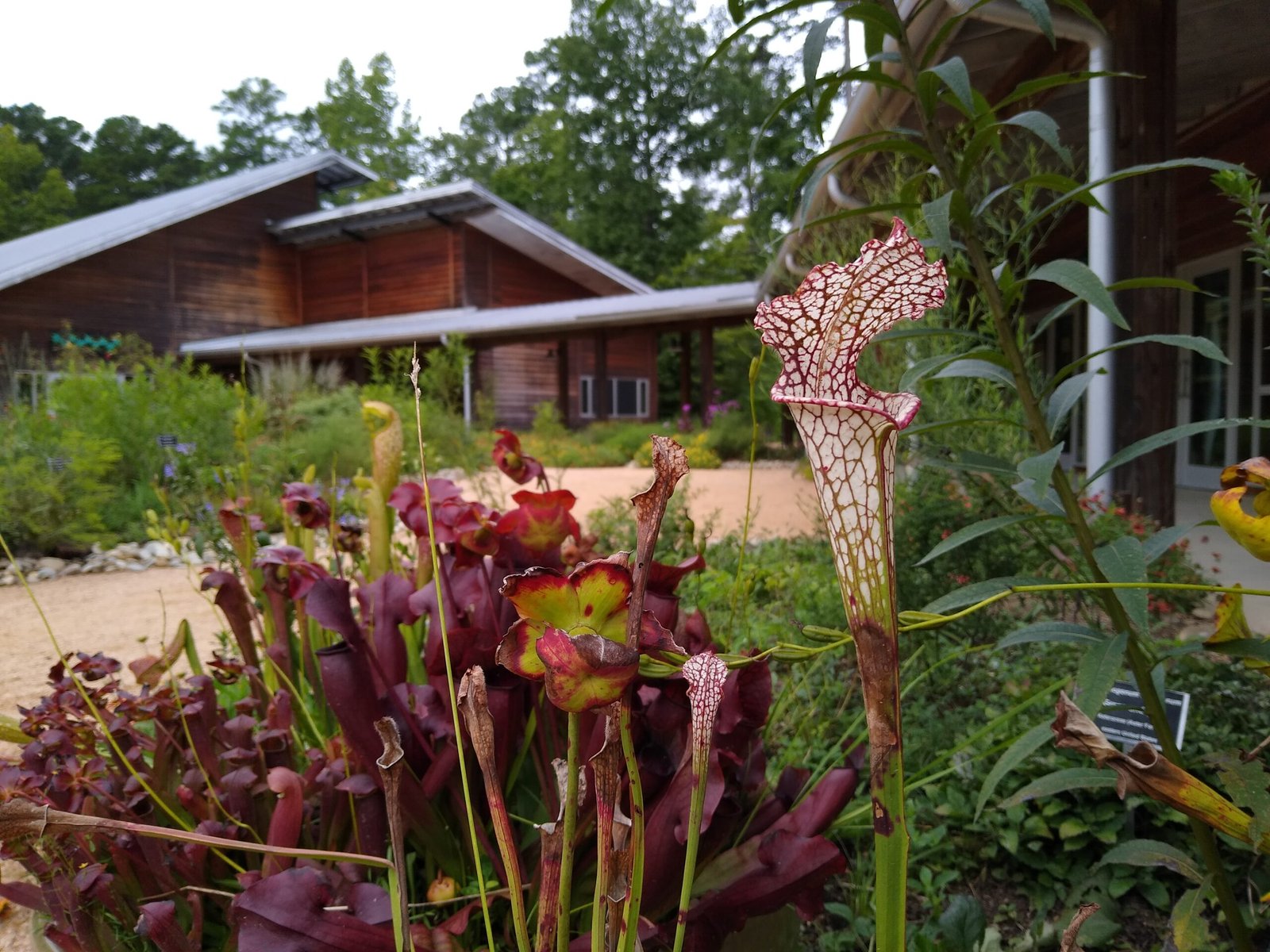
While most carnivorous plants feast on insects and tiny invertebrates, some have developed a taste for larger fare. The giant Nepenthes species of Borneo and Sumatra have pitchers large enough to trap frogs, mice, and even small birds. In these lush rainforests, competition for nutrients is fierce, and only the most resourceful plants survive. The ability to consume larger animals gives these pitcher plants a unique edge, and their dramatic feeding habits have fascinated naturalists for centuries. The relationship between these plants and their prey is a dramatic dance of life and death, played out daily in the world’s most biodiverse jungles.
Climate Change and the Future of Carnivorous Plants
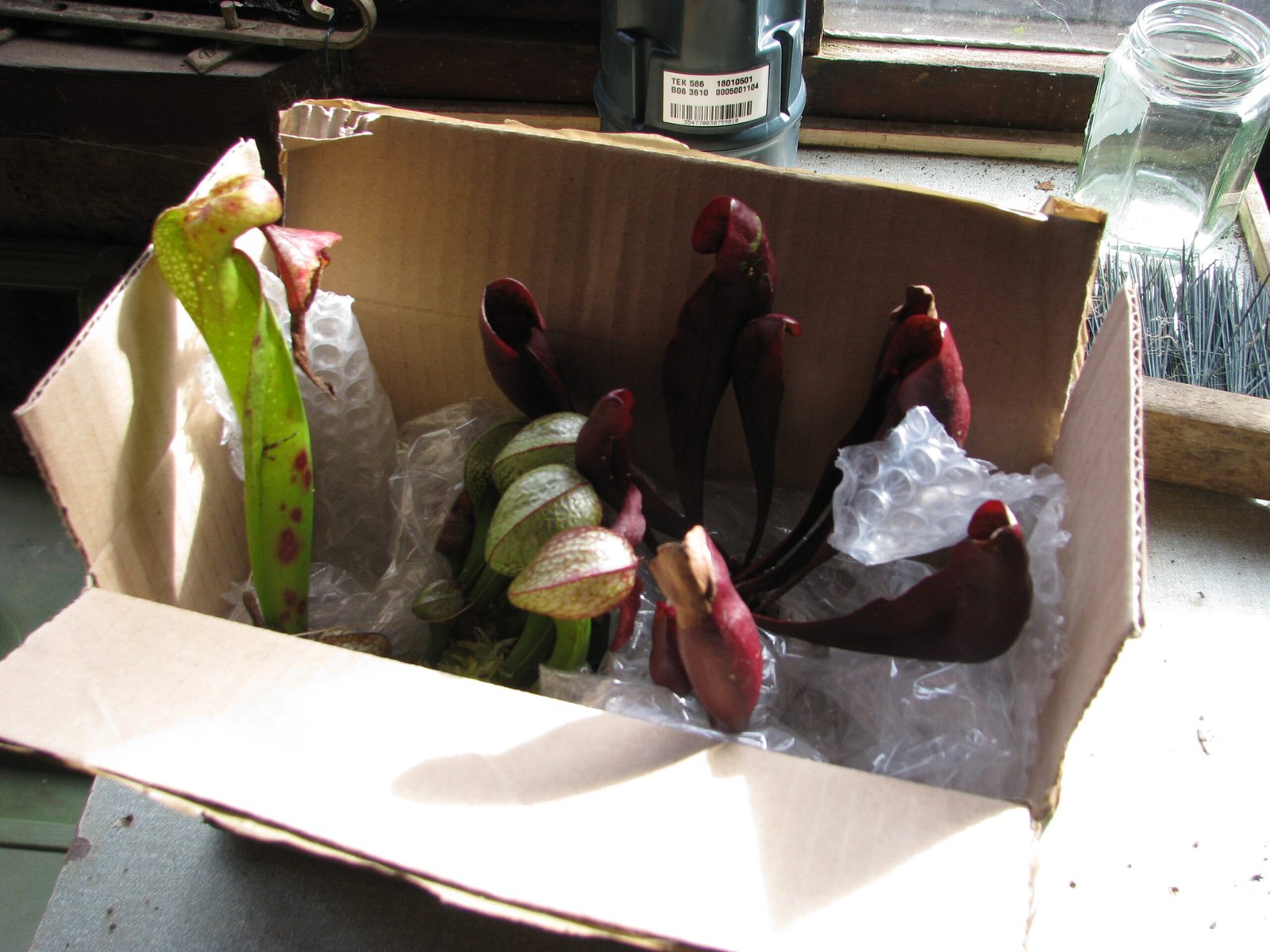
As the world’s climate changes and habitats are destroyed or altered, carnivorous plants face unprecedented threats. Wetlands are drained, rainforests are logged, and pollution poisons the delicate ecosystems these plants depend on. Many species, including the waterwheel plant and several pitcher plants, are now endangered or threatened. Scientists and conservationists are racing against time to study and protect these living marvels, hoping to preserve their unique adaptations for future generations. The fate of carnivorous plants is a powerful reminder of the fragility of our planet and the need for urgent action.
Why Carnivorous Plants Matter: More Than Just Curiosity
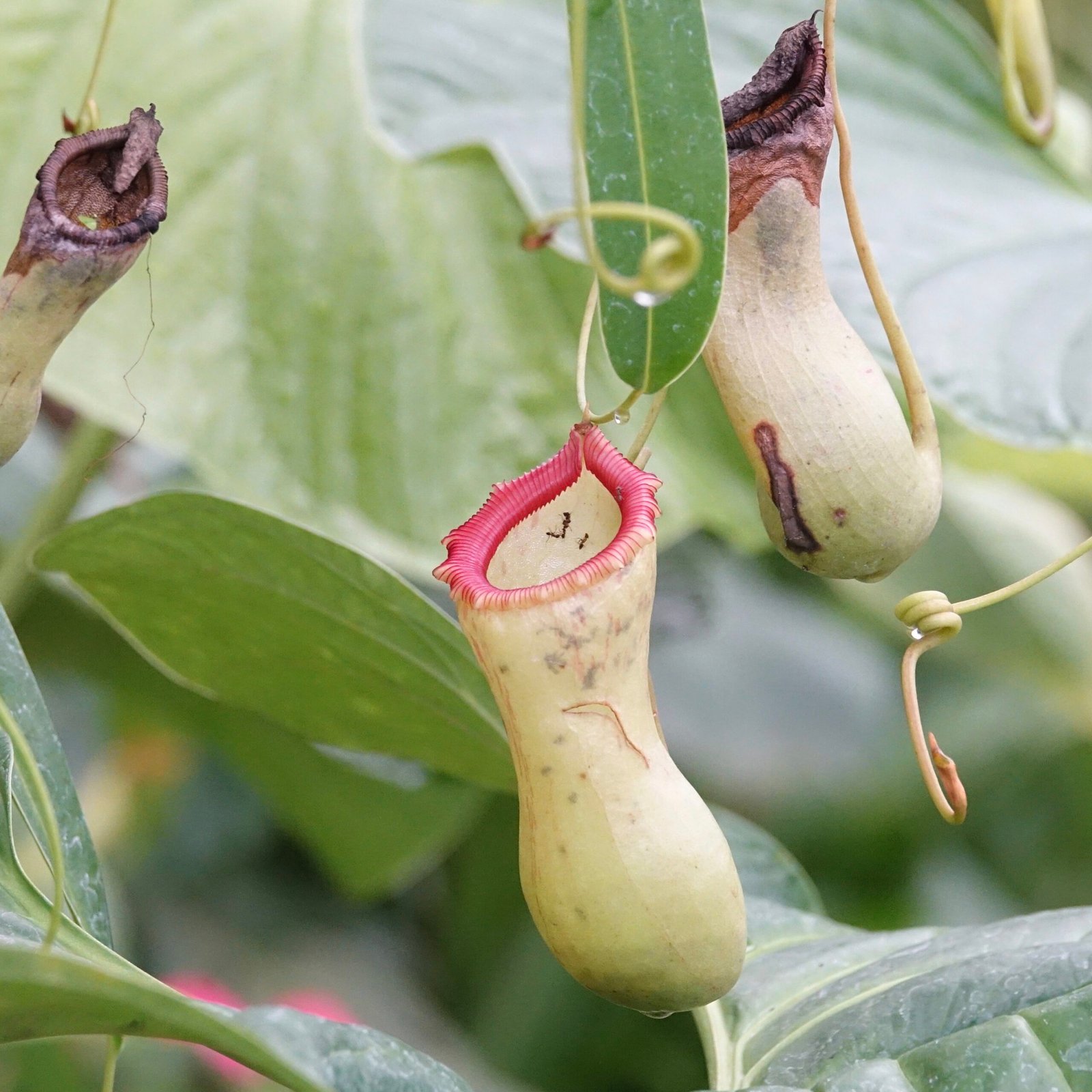
Carnivorous plants are more than botanical oddities. They play vital roles in their ecosystems, controlling insect populations and providing habitat for countless creatures. Their unique adaptations inspire scientists in fields as diverse as engineering, medicine, and robotics. Even beyond science, these plants capture the human imagination, reminding us that nature is full of surprises and that life will always find a way to adapt. Their struggle for survival echoes our own, challenging us to appreciate and protect the wonders of our world.
What hidden marvels might still be waiting in the world of carnivorous plants—and will we act in time to protect them?

